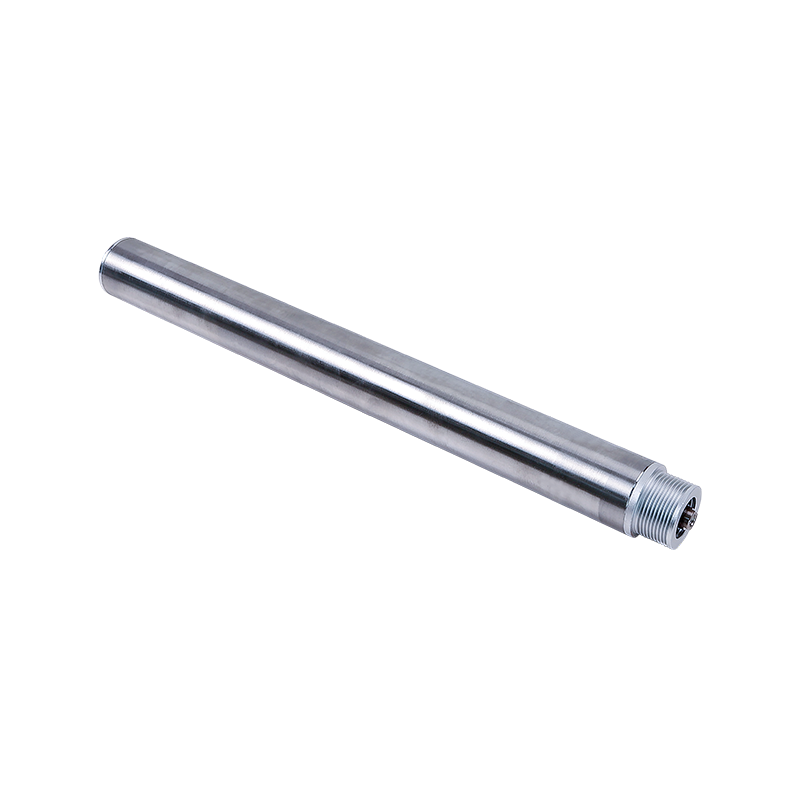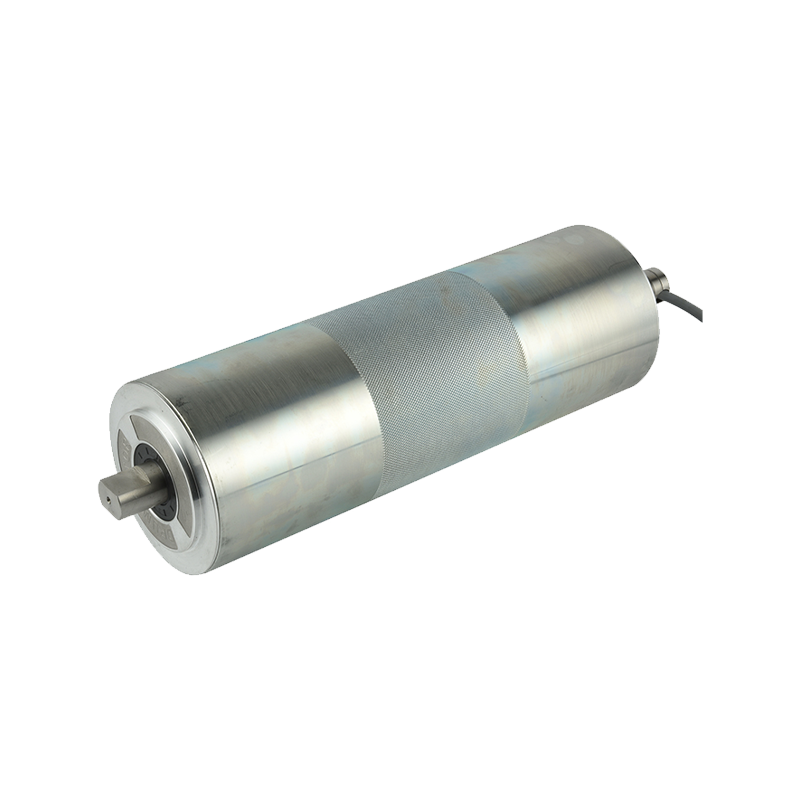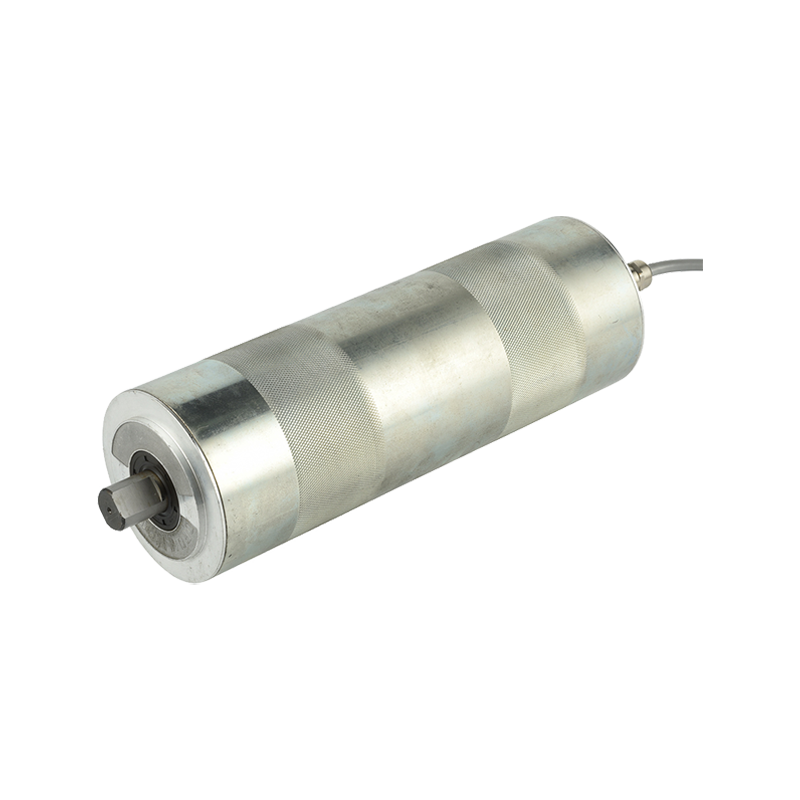We get the drawings or samples from customers.
Comparison Between Conventional Motors and Drum Motors in Conveyor Systems
In industrial conveyor systems, both conventional motors (with external drive components) and drum motors (integrated motor systems) are widely used. Each has distinct advantages and limitations, depending on the application requirements. Below is a detailed comparison:
1. Design and Integration
Conventional Motor: Requires external components such as gearboxes, chains, belts, or couplings to transfer power to the conveyor belt. More complex installation with multiple moving parts, increasing maintenance needs. Larger footprint due to separate motor and drive assembly.
Drum Motor: Compact, all-in-one design where the motor, gearbox, and drive are enclosed within the drum. Direct drive system eliminates the need for external transmission components. Space-saving and easier to install, ideal for tight conveyor layouts.
2. Maintenance & Durability
Conventional Motor: Higher maintenance due to exposed belts, chains, and gears that wear over time. Lubrication and alignment adjustments are frequently required. More prone to contamination from dust, moisture, or debris.
Drum Motor: Sealed unit protects internal components from environmental factors. Fewer moving parts reduce wear and maintenance needs. Longer lifespan in harsh conditions (e.g., washdown environments).
3. Efficiency & Performance
Conventional Motor: Energy losses can occur in transmission components (e.g., belt slippage, friction in gears). Adjustable speed may require additional VFDs or mechanical adjustments.
Drum Motor: Higher efficiency due to direct drive, minimizing energy loss. Smooth operation with consistent torque delivery. Often compatible with variable frequency drives (VFDs) for easy speed control.
4. Cost Considerations
Conventional Motor: Lower initial cost for the motor itself but higher long-term costs due to maintenance and part replacements. Additional expenses for pulleys, belts, guards, and lubrication systems.
Drum Motor: Higher upfront cost but lower total cost of ownership (TCO) due to reduced maintenance and downtime. No need for extra components, saving installation and replacement costs.
5. Application Suitability
Conventional Motor: Better for heavy-duty applications requiring high torque or customized drive configurations. Preferred when motor accessibility is needed for frequent adjustments.
Drum Motor: Ideal for space-constrained, clean, or wet environments (e.g., food processing, packaging lines). Suitable for applications requiring low maintenance and hygienic design.
Conclusion
While conventional motors offer flexibility and lower initial costs, drum motors provide efficiency, reduced maintenance, and better reliability in many conveyor applications. The choice depends on factors like space, environmental conditions, maintenance capabilities, and long-term operational costs.











